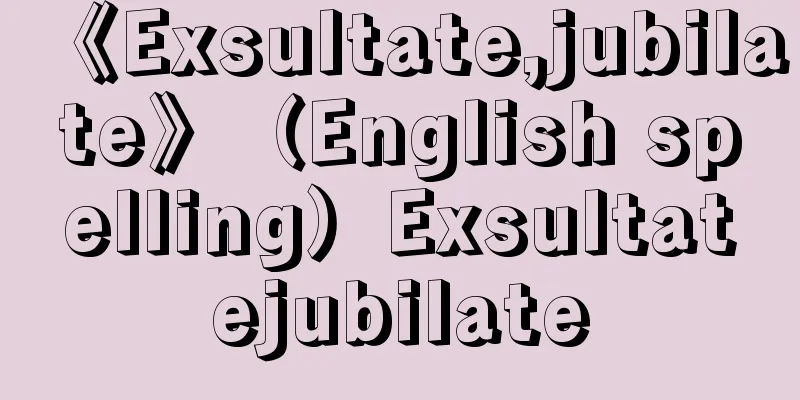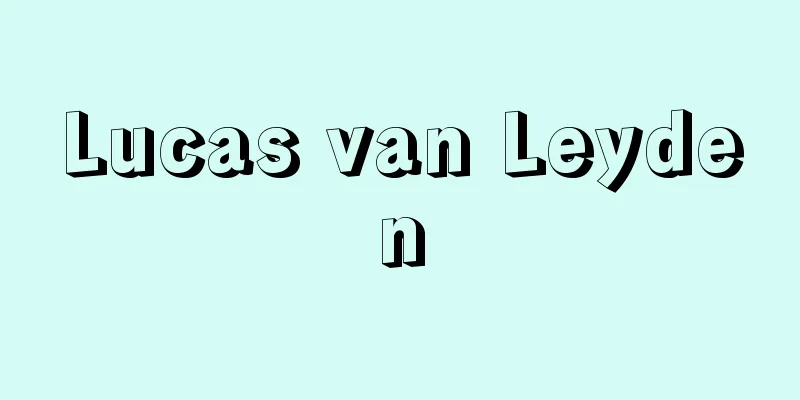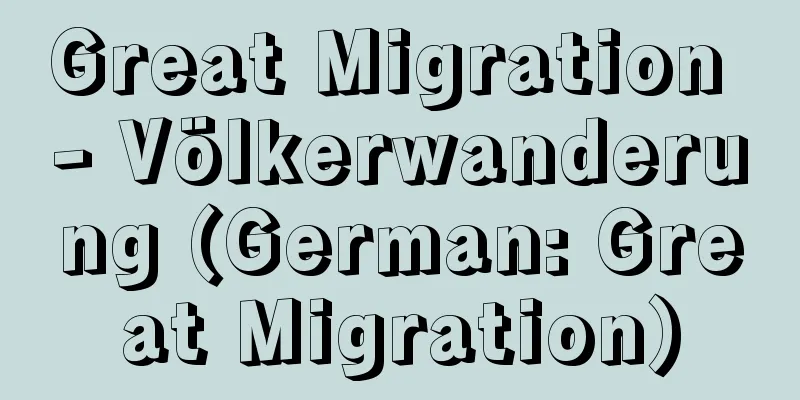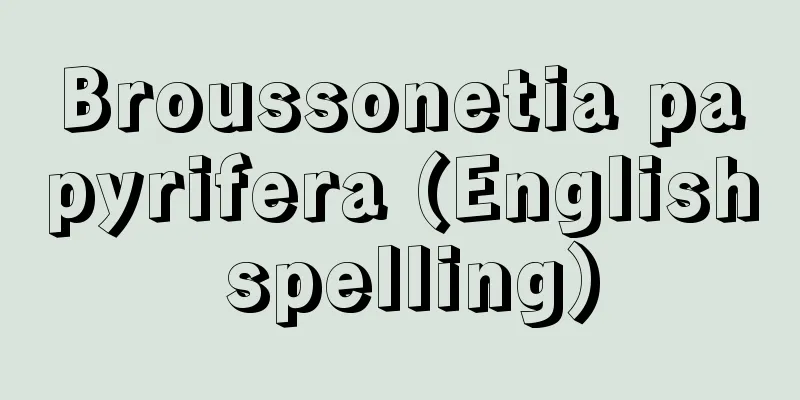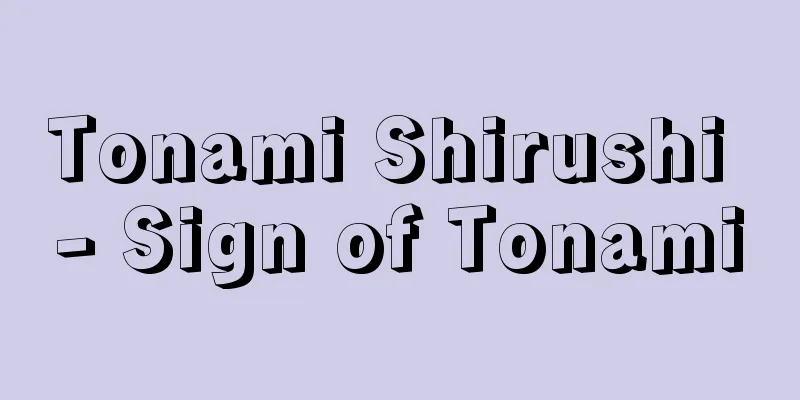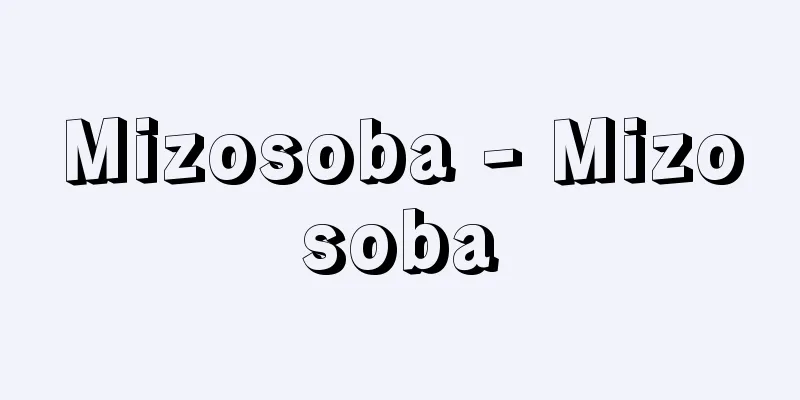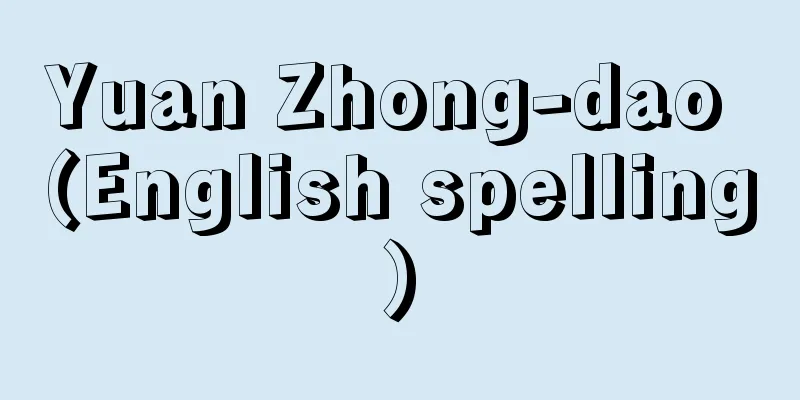Japan-Soviet Joint Declaration
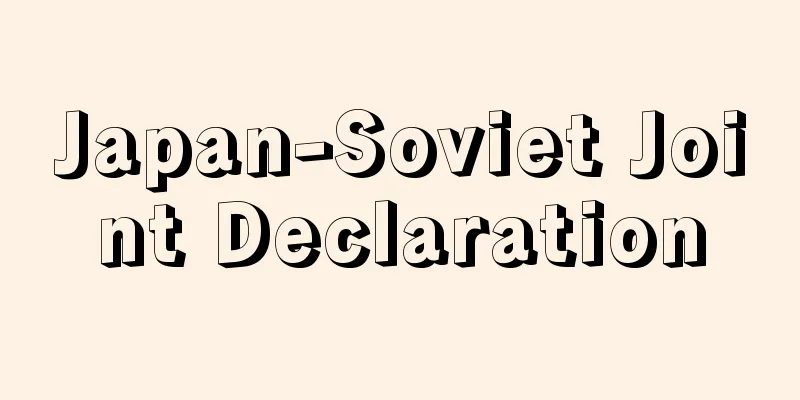
|
The Joint Declaration between Japan and the Union of Soviet Socialist Republics was signed on October 19, 1956, and came into effect on December 12 with the exchange of instruments of ratification. The Hatoyama Ichiro Cabinet, which replaced the Yoshida Shigeru Cabinet, set the restoration of diplomatic relations with the Soviet Union as its foreign policy at the time, and in June 1955, talks began in London between representatives Matsumoto Shunichi and Malik, but they reached an impasse over the territorial issue and were indefinitely suspended in March 1956. In July of the same year, negotiations were resumed in Moscow between Foreign Minister Shigemitsu Mamoru and Foreign Minister Shepilov, and as a result, the conclusion of a peace treaty was shelved and the Joint Declaration was agreed upon. The contents of the declaration included (1) an end to the state of war, (2) the restoration of diplomatic and consular relations, (3) confirmation of the principles of the UN Charter, the right of self-defense, and the principle of non-interference in internal affairs, (4) support for Japan's membership in the UN, (5) the repatriation of Japanese detainees, and (6) the renunciation of the right to claim reparations. However, the most important parts were those related to the peace treaty and territory, and the declaration stipulated that "after normal diplomatic relations are restored, negotiations for the conclusion of a peace treaty will continue," and that the Soviet Union would "actually hand over" Habomai and Shikotan to Japan "after the conclusion of a peace treaty." [Yasuo Ishimoto] [Reference] |Source: Shogakukan Encyclopedia Nipponica About Encyclopedia Nipponica Information | Legend |
|
1956年(昭和31)10月19日に署名され、12月12日批准書が交換されて発効した「日本国とソヴィエト社会主義共和国連邦との共同宣言」。吉田茂内閣にかわって登場した鳩山一郎(はとやまいちろう)内閣は、当時、ソ連との国交回復を外交方針に掲げ、1955年6月からロンドンで松本俊一(まつもとしゅんいち)代表とマリク代表との間で会談を開始せしめたが、領土問題で行き詰まり、1956年3月に無期休会となった。同年7月、モスクワで重光葵(しげみつまもる)外相とシェピーロフ外相との交渉が再開され、その結果、平和条約の締結を棚上げして、共同宣言に合意するに至った。その内容は、(1)戦争状態の終結、(2)外交・領事関係の回復、(3)国連憲章の原則、自衛権、内政不干渉の原則の確認、(4)日本の国連加入の支持、(5)日本人抑留者の送還、(6)賠償請求権の放棄などであるが、もっとも重要なのは平和条約と領土に関する部分で、宣言は「正常な外交関係が回復された後、平和条約の締結交渉が継続される」こと、およびソ連が歯舞(はぼまい)・色丹(しこたん)を日本に「平和条約が締結された後、現実に引き渡す」ことを規定している。 [石本泰雄] [参照項目] |出典 小学館 日本大百科全書(ニッポニカ)日本大百科全書(ニッポニカ)について 情報 | 凡例 |
<<: Japan-Soviet Fisheries Treaty
>>: Treaty on Basic Relations between Japan and the Soviet Union
Recommend
Battle of Arausio - Battle of Arausio
In 105 BC, the Cimbri annihilated five legions of ...
Battle of Ypres - Battle of Ypres
…Intermediate raw materials for chemical weapons ...
Card Tax - Koppaizei
〘 noun 〙 A national tax levied on items such as Ir...
Negidal'tsy (English spelling)
Indigenous people of the Lower Amur and Amgun Rive...
Folk medicine - Minkanryoho (English spelling) Folk medicine
It can be said that it includes all medical activ...
Nativistic movements; nativism
Generally, this refers to a religious nationalist ...
Nicholson, W. (Painter) (English spelling) NicholsonW
...After these artists, Helen Bannerman (1863-194...
Globule - globule
A type of dark nebula. The space between stars is...
Bianchi - Bianchi
〘Noun〙 = biennial herb ※Botanical Studies (1881)〈T...
Sapporo [city] - Sapporo
A city in central Hokkaido. It was incorporated as...
Yuan Shu - Art
? ‐199 One of the warlords of the late Eastern Han...
Interactive Process
… [Interactions in physics] The force exerted by ...
Funatsu Denjihei
Year of death: June 15, 1898 Year of birth: Tempo ...
Band from Dixieland
… [Dixie Era] This music did not originally have ...
Slanderous conduct - Akkozai
… Among them, the Goseibai Shikimoku, in its Arti...
